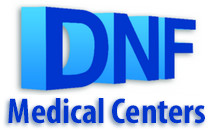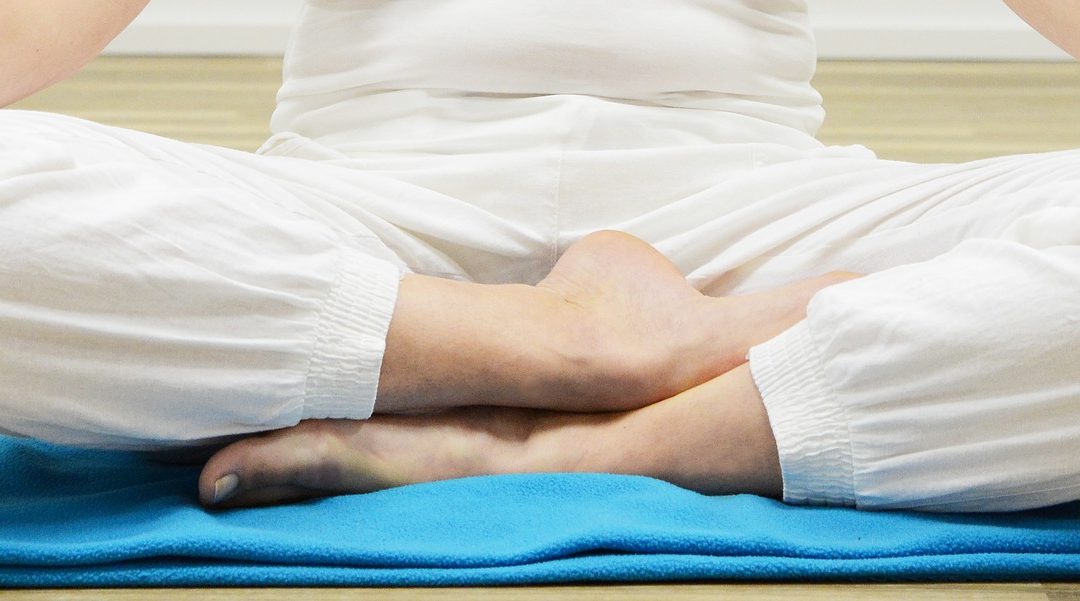Orlando, Fla., February 2018— You may probably be aware of the direct relation that exists between stress and pain. If you have visited your physician recently and mentioned a few aches and pains, he (or she) may have recommended you to find ways to ease up a little bit. Also, you may have heard that some techniques like acupuncture, hypnosis, meditation and relaxation can help you break the cycle. The best way to learn relaxation techniques is with the help of a trained practitioner. Usually, these techniques are taught in a group class and then practiced regularly at home.
ACUPUNCTURE
Acupuncture is a pain management therapy developed in China that involves placing thin needles in the skin at certain points to increase energy flow throughout the body.
This type of treatment is generally safe and has been used not only for pain, but also for depression, stress, headaches, arthritis, and many other conditions.
Acupuncture has gone mainstream because doctors are increasingly turning to acupuncture to help their patients and for good reasons. It’s a trend that is mirrored across the country, according to the National Center for Complementary and Alternative Medicine (NCCAM).
In 2007, 3.1 million people tried acupuncture, a million more than in 2002, to relieve discomfort caused by fibromyalgia, chemotherapy-induced nausea and vomiting, low back pain, and other ailments.
HYPNOSIS (also known as Hypnotherapy)
Clinical hypnosis is a real therapy in which you learn how to use the power of your mind to help make positive changes. During hypnosis, you’ll focus on relaxation and letting go of distracting thoughts. It must be performed by a licensed hypnotherapist, and you are in control.
Researchers at Mount Sinai School of Medicine in New York analyzed 18 studies, and found moderate to large pain-relieving effects from hypnosis, therefore supporting its use for pain management.
MEDITATION
Studies suggest that people who make meditation a habit, may find it useful to manage their pain and self-esteem— and lower their anxiety, depression, and stress. That’s because meditation is some sort of brain training. The best part is that it can be done by anyone— anywhere, anytime. One good example is to spend a few minutes (or longer) focusing your attention on one thing — such as your breathing or a word or phrase that inspires or comforts you.
In addition to meditation there are a series of relaxation therapies utilized to ease levels of stress in a person and should only be considered under the supervision of your health professional.
- Progressive muscle relaxation — Tensing muscle groups and holding the tension briefly to then let it go. Note: If you have a cardiovascular disease that is not under control, tensing your abdominal muscles can build up pressure in the chest cavity, slow your pulse and hamper the flow of blood that returns to the heart.
- Autogenic training —Through this technique, the person imagines being in a peaceful place and focuses on different physical sensations, such as heaviness of the limbs or a calm heartbeat. If you experience difficulty controlling your environment it can be guided by a therapist.
- Breathing — Learning to do breathing exercises is very easy. For instance, you can breathe-in slowly while you count to 4, hold your breath for 7 more counts, and then exhale for 8 counts. To avoid the counting, there are many devices in the market now, such as smart watches, which we have mentioned in previous posts, that make this task an easy daily routine to adopt.
Your doctor should always know if you are planning to perform any of these relaxation techniques and when, as some of them may bring complication should you have certain pre-existing conditions such as psychosis, epilepsy, post traumatic stress disorder and others.

